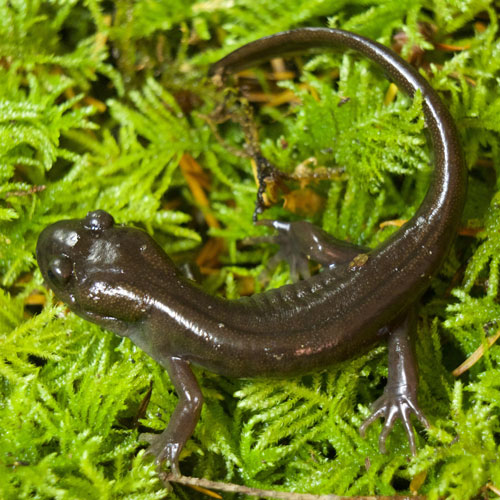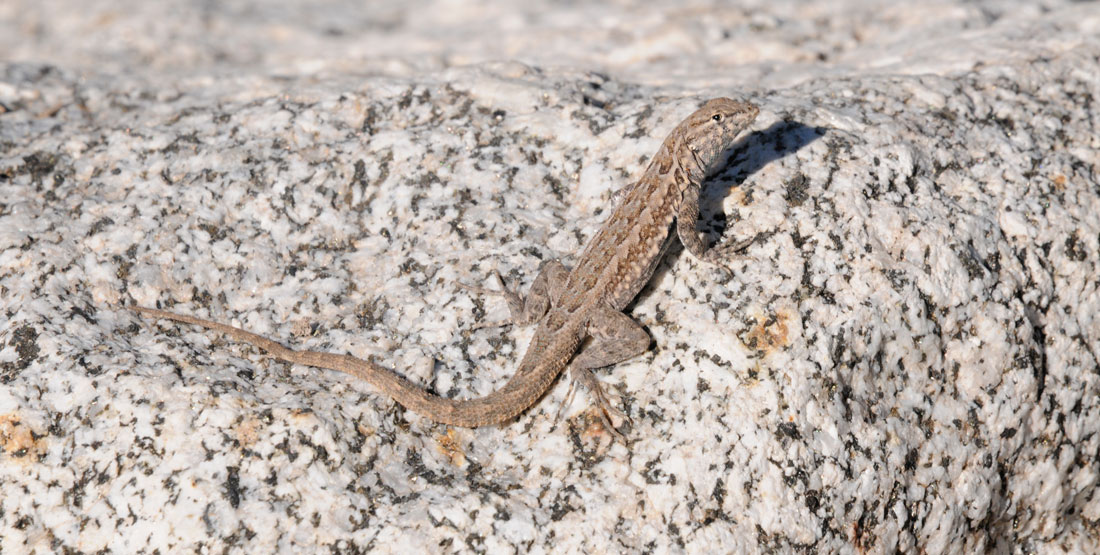Fast Facts
Where they live
- View a map of where they live.
- Common Side-blotched Lizards can be found from Washington south to the tip of Baja California and northern Mexico, and east to western Colorado and Texas.
- Tend to live in sandy or rocky areas of semi-arid regions that have desert shrubs or pinyon-juniper trees.
What they eat
- Common Side-blotched Lizards feed on beetles, ants, termites, grasshoppers, flies, spiders, and scorpions.
- Adult males may also feed on the young of their own species.
Breeding
- In spring and summer, females lay and bury a few clutches of eggs in sandy soil.
- Each clutch has around 2 to 5 eggs, which begin to hatch in June.
Cool Biology Facts
- Male side-blotched lizards compete for mates using a competitive strategy that resembles a game of Rock-Paper-Scissors. Males have orange, yellow, or blue throats. When competing for a female, orange beats blue, blue beats yellow, and yellow beats orange. This is due to different body sizes, strengths of the bond to the female, and abilities to resemble females or trick other males into believing they are female.
Threats
- There are no known major threats to Common Side-blotched Lizards and they are considered “least concern” due to their large distribution and large numerous stable populations.
- View their status on the IUCN Red List of Threatened Species.

Amphibians & Reptiles of Washington
Do you know where rattlesnakes live in our state? Or which salamander breathes through its skin? Explore the fascinating diversity of the 26 species of amphibians and 28 reptiles found in Washington state.

